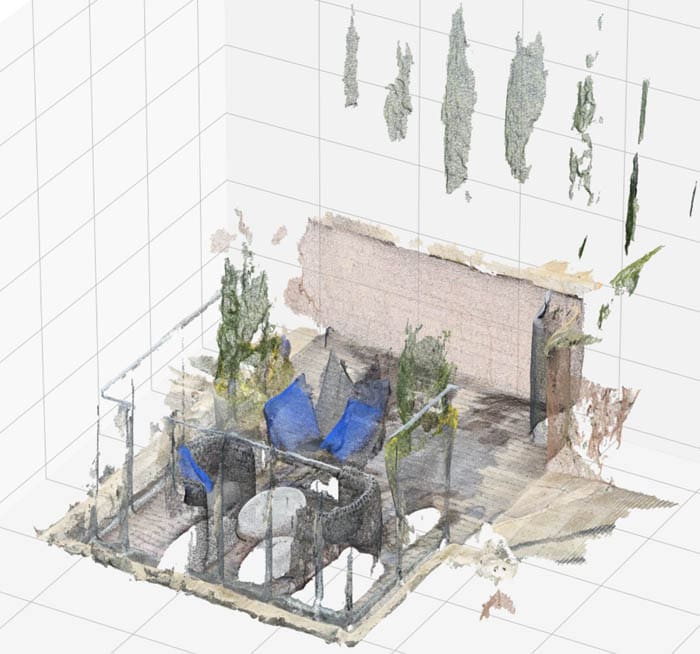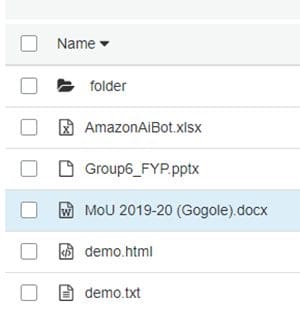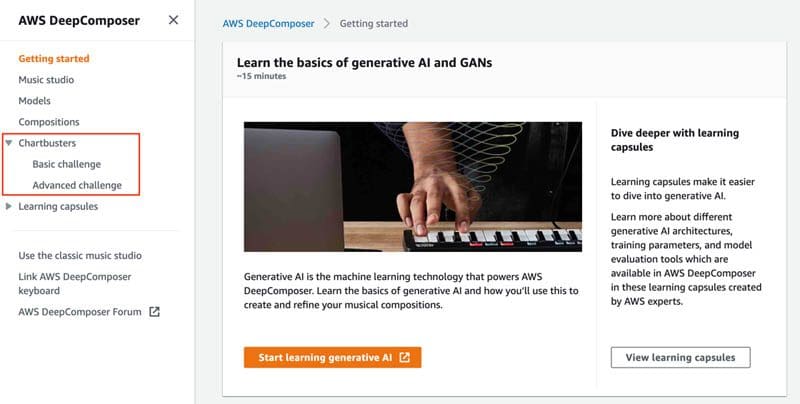Favorite Autonomous vehicle companies typically use LiDAR sensors to generate a 3D understanding of the environment around their vehicles. For example, they mount a LiDAR sensor on their vehicles to continuously capture point-in-time snapshots of the surrounding 3D environment. The LiDAR sensor output is a sequence of 3D point cloud
Read More
 Shared by AWS Machine Learning April 30, 2021
Shared by AWS Machine Learning April 30, 2021
Favorite This is a guest post by Jeff McKelvey, Principal Development Lead at HiConversion. The team at HiConversion has collaborated closely with James Jory, Applied AI Services Solutions Architect at AWS, and Matt Chwastek, Senior Product Manager for Amazon Personalize at AWS. In their own words, “HiConversion is the eCommerce
Read More
 Shared by AWS Machine Learning April 30, 2021
Shared by AWS Machine Learning April 30, 2021
Favorite This is a guest post by Cyrus Wong, an AWS Machine Learning Hero. You can learn more about and connect with AWS Machine Learning Heroes at the community page. On July 29, 2020, AWS announced that Amazon Translate now supports Microsoft Office documents, including .docx, .xlsx, and .pptx. The
Read More
 Shared by AWS Machine Learning April 30, 2021
Shared by AWS Machine Learning April 30, 2021
Favorite Does KM have to be a project? We argue that it does. Image from wikimedia commons Implementing KM means building something new within your organisation. A new management framework, a new way of working, a new set of behaviours and attitudes. The work is not done when implementation is
Read More
 Shared by Nick Milton April 30, 2021
Shared by Nick Milton April 30, 2021
Favorite Throughout history, from photography to video to hypertext, artists have pushed the expressive limits of new technologies, and artificial intelligence is no exception. At I/O 2019, Google Research and Google Arts & Culture launched the Artists + Machine Intelligence Grants, providing a range of support and technical mentorship to
Read More
 Shared by Google AI Technology April 28, 2021
Shared by Google AI Technology April 28, 2021
Favorite AWS DeepRacer is the fastest way to get started with machine learning (ML). You can train reinforcement learning (RL) models by using a 1/18th scale autonomous vehicle in a cloud-based virtual simulator and compete for prizes and glory in the global AWS DeepRacer League. Today, we’re expanding AWS DeepRacer’s
Read More
 Shared by AWS Machine Learning April 28, 2021
Shared by AWS Machine Learning April 28, 2021
Favorite We’re back with two new challenges for the AWS DeepComposer Chartbusters 2021 season! Chartbusters is a global challenge in which developers use AWS DeepComposer to create original compositions and compete in monthly challenges to showcase their machine learning (ML) and generative artificial intelligence (AI) skills. Regardless of your background
Read More
 Shared by AWS Machine Learning April 28, 2021
Shared by AWS Machine Learning April 28, 2021
Favorite Processing large documents like PDFs and static images is a cornerstone of today’s highly regulated industries. From healthcare information like doctor-patient visits and bills of health, to financial documents like loan applications, tax filings, research reports, and regulatory filings, these documents are integral to how these industries conduct business.
Read More
 Shared by AWS Machine Learning April 28, 2021
Shared by AWS Machine Learning April 28, 2021
Favorite In industrial IoT, running machine learning (ML) models on edge devices is necessary for many use cases, such as predictive maintenance, quality improvement, real-time monitoring, process optimization, and security. The energy industry, for instance, invests heavily in ML to automate power delivery, monitor consumption, optimize efficiency, and extend the
Read More
 Shared by AWS Machine Learning April 27, 2021
Shared by AWS Machine Learning April 27, 2021
Favorite This post was guest authored by AWS Advanced Consulting Partner Quantiphi. The mortgage industry is highly complex and largely dependent on documents for the information required across different stages in their business value chain. Day-to-day operations for mortgage underwriting, property appraisal, and mortgage insurance underwriting are heavily dependent on
Read More
 Shared by AWS Machine Learning April 24, 2021
Shared by AWS Machine Learning April 24, 2021

![]() Shared by AWS Machine Learning April 30, 2021
Shared by AWS Machine Learning April 30, 2021








